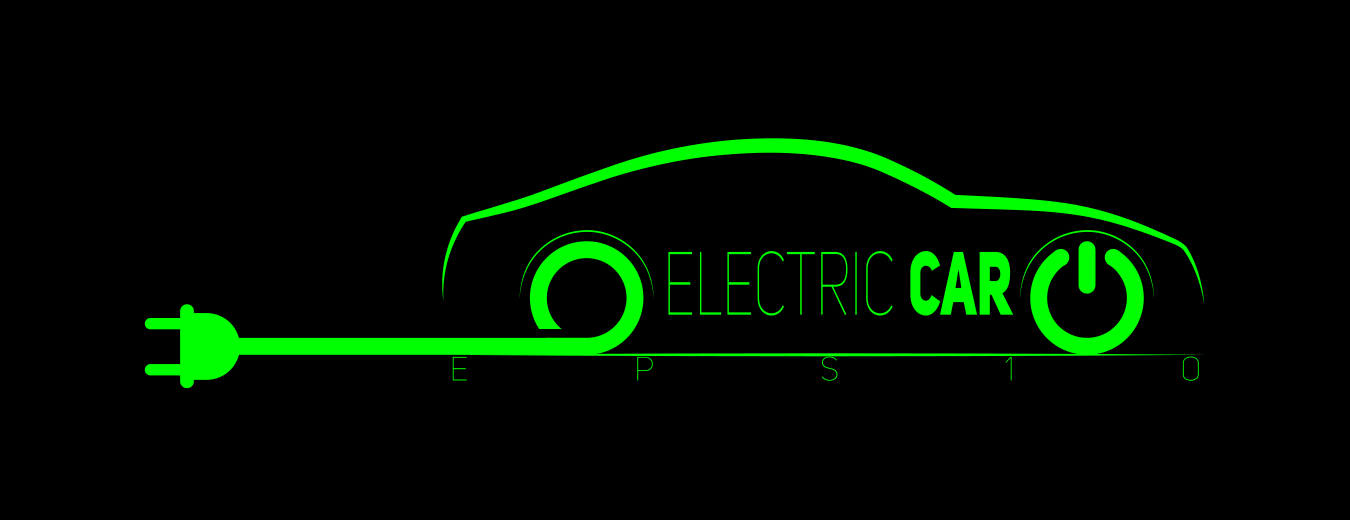
- by Kristin Shaw
- April 13th, 2017
Zero Emission vs Hybrid Luxury Vehicles: What’s Right for You?
Clean air and greener lifestyles are a focus for many of us today. But are you someone who could give up your familiar gasoline-powered car? And, if so, just how far are you willing to go? It’s a decision based on lifestyle and preferences. And, as with any decision, knowing the differences between the zero-emission electric vehicles and hybrids is key to making the right choice for your lifestyle.
Pure Electric vs Plug-in Hybrid
The first thing to consider when looking at an electric vehicle is how far you can travel on a fully-charged battery. Most EVs range from 80 to 250 miles. Tesla models have a range of about 238 to 250 miles and Tesla also has a network of charging stations across the USA making it easier for drivers to make the cross-country trek powered by electricity.
For some people, driving a purely electric vehicle brings on range anxiety—the worry of not having enough power to get to your next charging station. If you suffer from range anxiety, a plug-in hybrid can ease your mind. These vehicles have a smaller electric range of about 10 to 20 miles before transitioning to gasoline or electric hybrid mode to extend the driving range.
Hybrid cars are designed to use gasoline engines and electric motors to function allowing for partial use of electricity during vehicle operation. Hybrids are programmed to switch between the energy sources at the appropriate times giving you all the power you need all the time.
These are the key questions to ask yourself when choosing between a zero-emission vehicle and a hybrid:
• How many miles do I drive each day?
•
How often do I travel beyond the electric range?
•
Are charging stations plentiful in my local area and along my usual travel routes?
•
What will the electricity costs be in my area?
Why Should I Buy an Electric Car?
Electric vehicles save energy and money. EVs tend to have lower maintenance costs than traditional gasoline-powered vehicles. Also, the cost of electricity is much less than gas in most parts of the country. Using the Department of Energy’s eGallon tool you can compare the savings in your state. Charging stations offer lower rates for off-peak charging hours further reducing your costs. And in Texas, some even offer free electricity overnight.
A growing network of charging stations is developing across the country at grocery stores, shopping malls, airports, parking garages, rest stops and train stations making owning and operating an EV more appealing. Using a site like PlugShare.com can help you plan your charging stops in unfamiliar areas.
Why Shouldn’t I Buy an Electric Car?
If you typically drive more than 70 miles per day and don’t have easy access to public charging stations, a purely electric vehicle could be challenging. For overnight charging, EV owners need access to an outlet (or 240-volt battery charger) and a parking spot. This works well for single family homes or townhomes, but not as well for apartment dwellers. A plug-in hybrid helps extend the range of travel but still needs access to a power source to fully take advantage of its features.
What Does the Future Look Like for Electric Cars?
In response to growing consumer demand and global efforts to reduce overall emissions, automakers have stepped up efforts to design and produce more EVs—a trend that is expected to continue over the next decade. Initially electric vehicles were limited in design and style, but that’s changed with luxury brands entering the EV market. Larger-scale adoption is bringing down the costs giving consumers even more options.
The Mercedes-Benz B250e will take you 87 miles per charge in style. It’s easy to maneuver, suitable for most commutes and can recharge enough in just two hours to take you 60 more miles.
BMW offers an impressive 114 miles per charge in the all-electric BMW i3. One of the fastest BMWs off the line, it accelerates from 0 to 60 in just 4.2 seconds. The head-turning plug-in hybrid BMW i8 gives you the power of a TwinPower Turbo engine and the efficiency of an all-electric motor.
Lexus entered the plug-in hybrid market with its Lexus CT model. The 2017 model offers average fuel efficiency of 42 MPG and plenty of style and comfort.
The Tesla Model 3 is the car Tesla Motors has promised since the company’s founding. This handsome sedan combines style, comfort and power in an energy saving package. The battery accelerates from 0 to 60 mph in under six seconds and has a range of 215 miles.
With innovators like Tesla CEO Elon Musk in the marketplace, electric cars aren’t going away anytime soon.
About the Author

Kristin Shaw is a writer, blogger, and marketing professional based in Austin, Texas. She was named a BlogHer Voice Of The Year in 2014 and 2015, and her work has been featured nationally at sites like The Huffington Post and The Washington Post. Her experience includes 20 years in marketing with technology and telecommunications companies, the last 10 in aviation IT. She has a deep love for automobiles passed down from her father and has a penchant for high-end sports cars and 1950s-era sedans.


